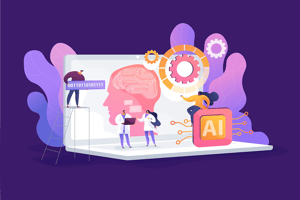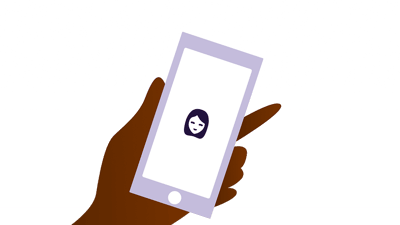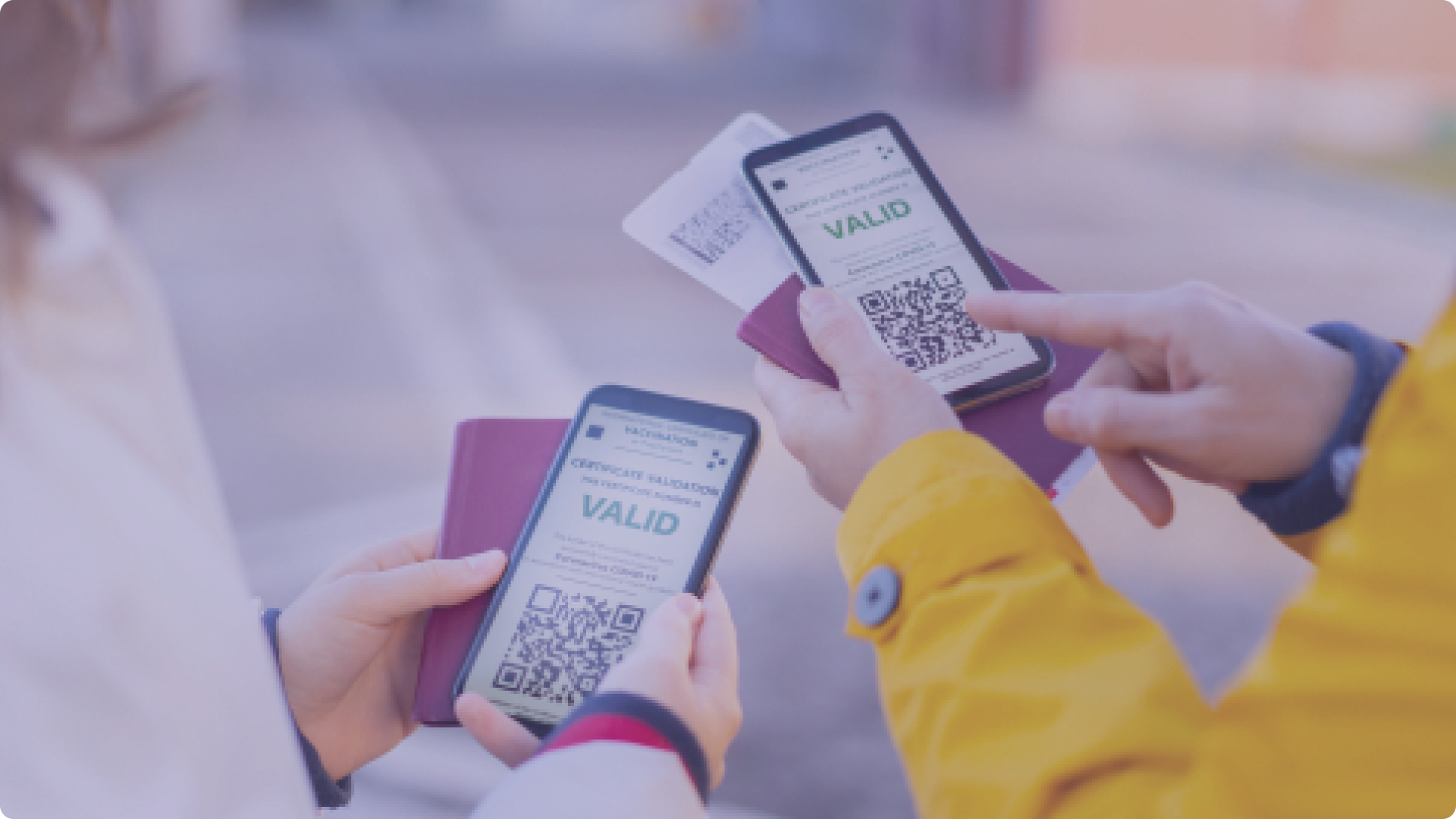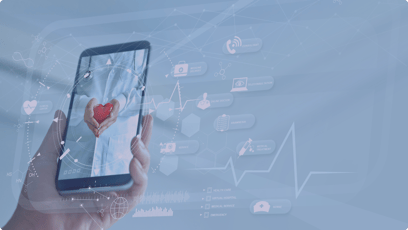Beyond the work BookJane is doing to support frontline workers and limit the outbreak of COVID-19 in long-term care facilities, here are a few more game-changing digital technologies that will continue to transform healthcare as we move through the pandemic:

Data Analytics and Collection
Some companies are examining how powerful data analytic tools can track, in real-time, suspected COVID-19 cases, as well as pneumonia, COPD, bronchial infections and other similar diseases. Similarly, governments in several countries are now turning to start-ups to help them collaborate with local authorities and healthcare workers to use advanced analytics tools to track, respond to and prevent the spread of COVID-19, and then customize their mass communication to prevent further spread of the disease.
Multiple countries in Asia have also used smartphone apps to track data of users who have tested positive for COVID-19, with some compulsory apps enforces self-isolation for those ordered to maintain it via “electronic fences” that alert authorities when someone moves out of quarantine.
In Canada, one company has developed a drone that can detect information such as heart rate, body temperature, and respiratory conditions. Remotely controlled, the drones can be deployed to crowded spaces to detect symptoms of the coronavirus. The technology can also be used beyond the pandemic, for search and rescue.
Data analytics are also being used in hospitals to shorten hospital stays and reduce the possibility of infection. One company in the US has developed a digital nurse concierge to facilitate better post-surgery at-home care so that patients have less of a need to return to emergency or urgent care centers, locations to be avoided during a pandemic.
Artificial Intelligence
Artificial Intelligence can analyze data such as news, government reports, and social media, to track the movements of infectious disease such as COVID-19. Thanks to AI, another Canadian company recently issued a warning on the spread and potential outbreak of the coronavirus in advance of the World Health Organization and the Center for Disease Control.
AI is also helping hospitals and staff triage patients and protect health care workers. In the United States some hospitals have begun clinical trials using an AI system to scan patients for symptoms such as pneumonia which often occur in the most severe forms of the coronavirus. Tools using AI systems are also helping to speed up patient testing, freeing up time for hospital workers to devote to treatment.
Since many AI systems require large amounts of data, several hospitals in the US, including the Mayo Clinic, have introduced new systems to share anonymous patient data with companies that will use it in the fight against COVID-19.
With no vaccine currently available for the novel coronavirus, one company in the United States is using AI to mine databases and EMR’s to identify drugs that will help patients fight off a potential infection such as COVID-19. The research aims to uncover drugs that will help boost the immune system and reduce inflammation in the lower lungs.
Telehealth
With wearable personal IoT devices that can track vital signs and chatbots that can make initial diagnoses based on symptoms identified by patients, telehealth can be an effective way to contain the spread of diseases like COVID-19 while still providing essential primary care.
Some companies are examining how to bridge differing video platforms so that medical teams can use their existing video conferencing platforms to launch an in-home patient program to common household platforms such as Skype, Google Hangouts and Facetime.
In California one company has developed a wearable and wireless body thermometer that can help doctors and nurses track body temperature remotely, thereby reducing the need for onsite visits and lessening the risk of infection spread. “

With COVID-19 transmissible if a person comes within six feet of a patient with the virus, it’s also important to keep waiting rooms crowd-free, and to limit patient and doctor interaction with surfaces that run the risk of spreading of the illness. One company in New York has created technology that predicts delays in the doctor’s schedule and then text messages patients in advance of their appointments to alert them about the time their appointment will actually begin, thus avoiding unnecessary ‘extra’ time waiting in a crowded waiting room with potentially infectious patients.
The Future of Healthcare
Out of every crisis, a new opportunity arises. The outbreak of COVID-19 has sped up the healthcare technology revolution, with technology innovators racing to meet the demand of healthcare workers and patients who want and need safer and more efficient healthcare services during the pandemic.
Learn how BookJane helps health care facilities improve shift fulfillment by 40%, dramatically decrease their time to fill shifts, and significantly reduce burdensome scheduling and administration time.





